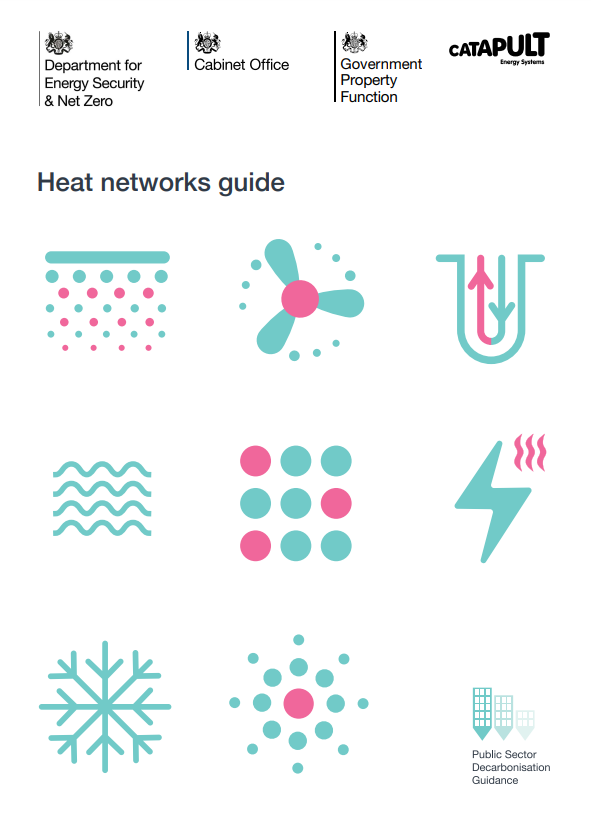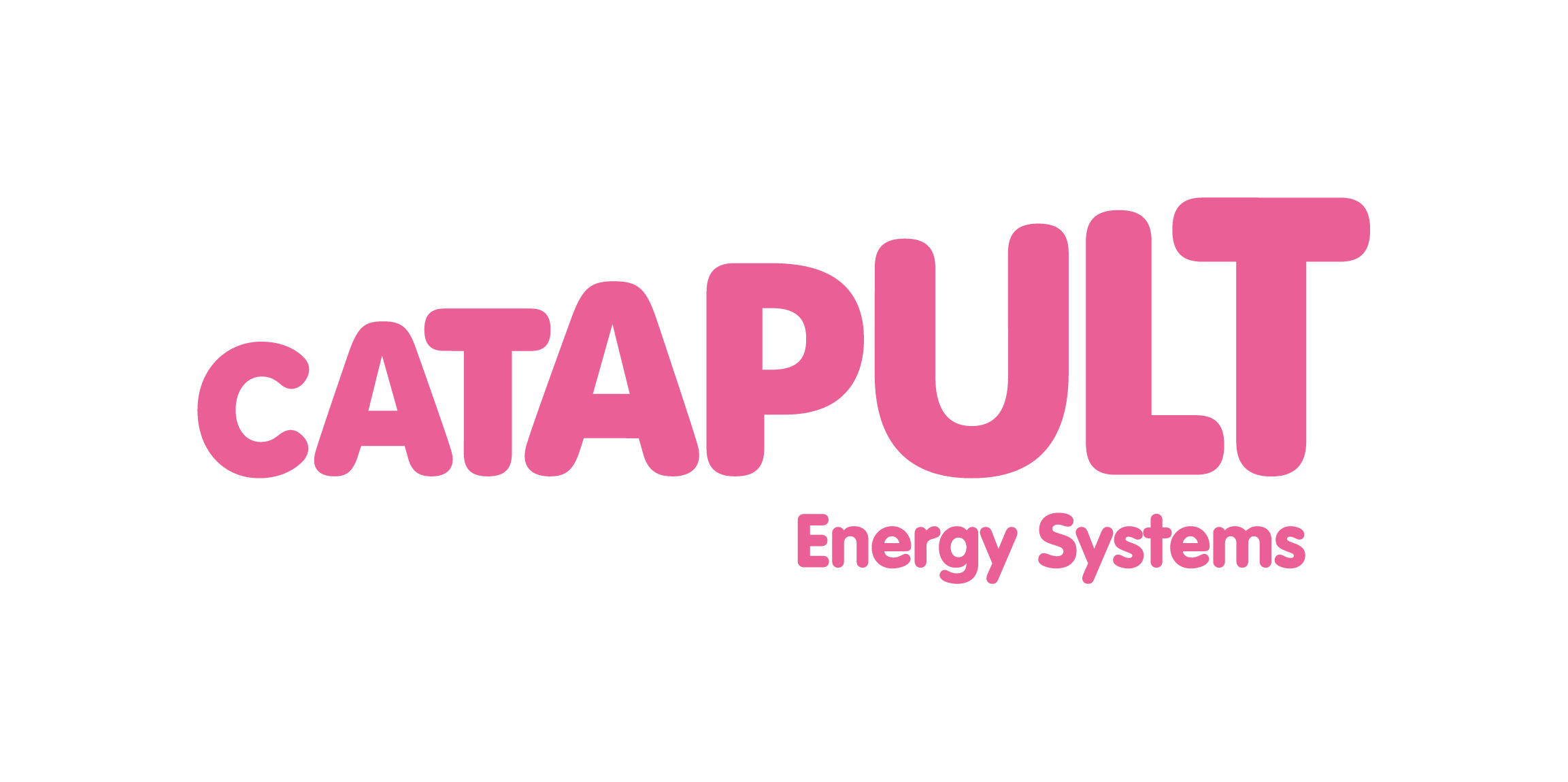The guide covers what a heat network will look like at a high-level, the process for assessing the technical and economic feasibility of connecting to a scheme, stakeholder engagement and how to optimise commercial contracts.
 Heat networks are integral to the UK government’s strategy for achieving the UK’s Net Zero targets. They offer a compelling pathway for decarbonising buildings, providing low-carbon heat on a scalable basis with the potential to reduce fuel bills.
Heat networks are integral to the UK government’s strategy for achieving the UK’s Net Zero targets. They offer a compelling pathway for decarbonising buildings, providing low-carbon heat on a scalable basis with the potential to reduce fuel bills.
This document is designed as a non-technical guide for public sector organisations seeking low-carbon heating solutions where connecting their buildings to existing or planned heat networks is an option. It will help you understand the functionality of heat networks and evaluate the suitability for your sites. This guide complements and signposts to an extensive array of existing technical guides that provide detailed information on the planning, design, and technical considerations for new heat networks. These aspects are not covered in this guide. Although the guide is written with the public sector in mind, the content is applicable to all types of non-domestic buildings.
The guide introduces why heat networks are integral to your future decarbonisation planning for buildings, discusses considerations for connecting to existing heat networks, highlights available financial support, and addresses the importance of managing stakeholders.
It also explores the implications of heat network zoning.
The UK government intends to establish designated zones nationwide where district heat networks are expected to offer the lowest-cost, low-carbon heating solution. Through the implementation of zoning, specific types of buildings and low-carbon heat sources can be required to connect to a district heat network within a designated timeframe.
District Heat Networks are most likely to be developed in denser urban areas and many public sector sites are likely to fall within heat network zones. It is therefore vital that consideration of heat networks form part of planning the decarbonisation of public sector buildings.

